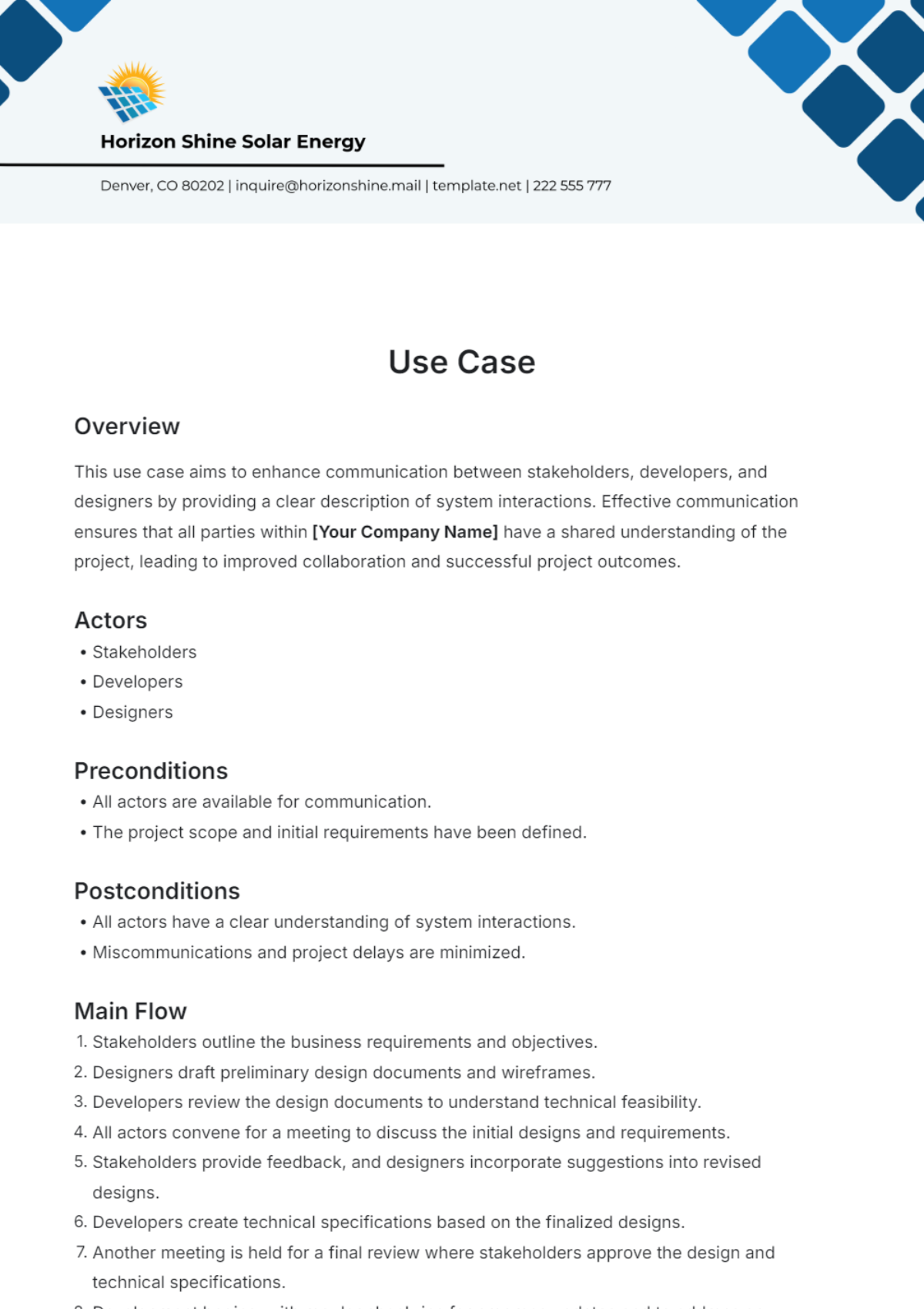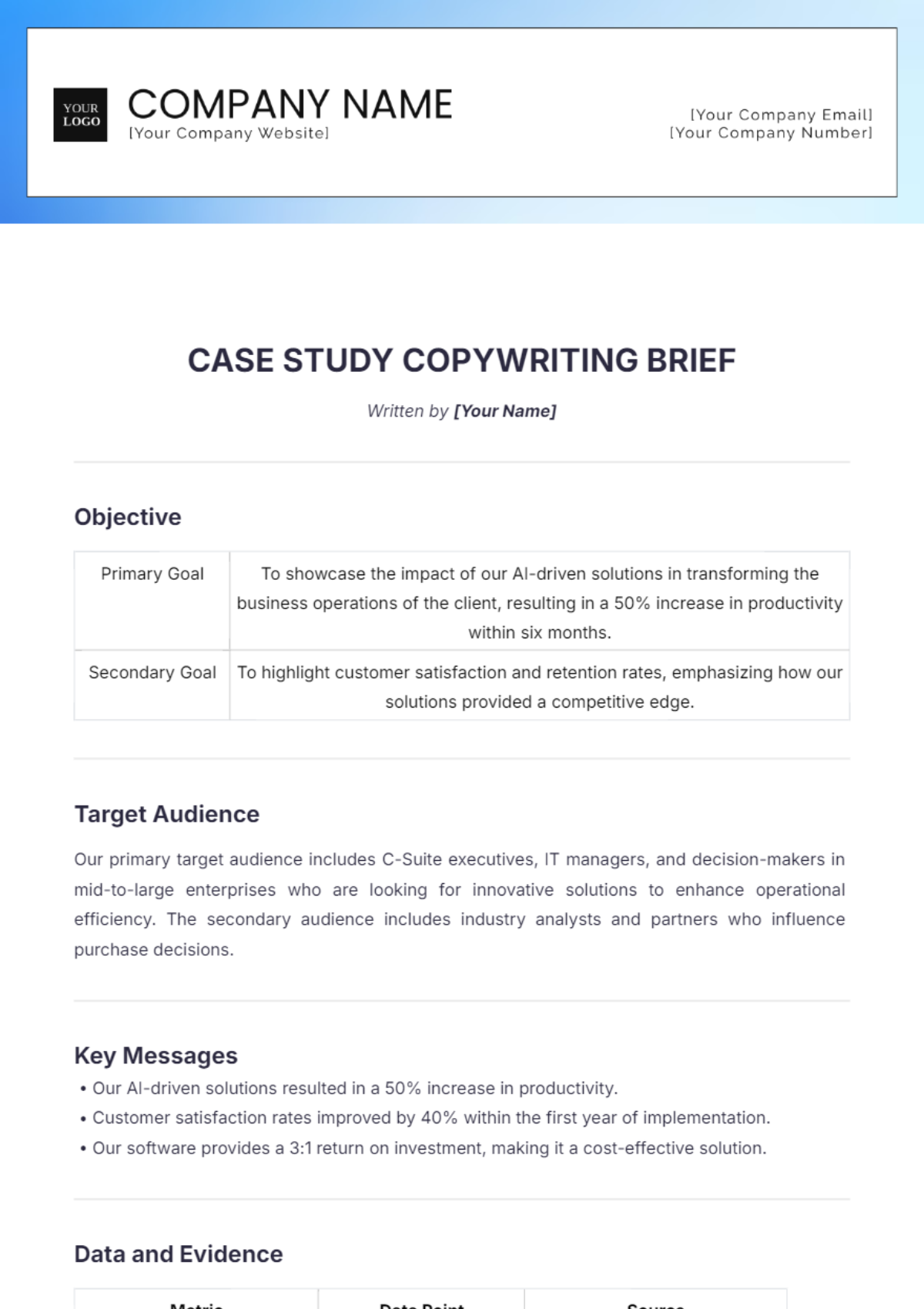Private Equity Case Study
I. Introduction
Private equity firms strategically invest in companies to generate substantial returns for their investors. This case study delves into the detailed analysis of a particular investment made by a private equity firm, focusing on the acquisition of a target company. The study will examine the rationale behind the investment, the due diligence process, the financial structuring, and the eventual outcomes, including the returns generated.
II. Rationale for Investment
The private equity firm identified the target company as an attractive investment opportunity due to several key factors:
Market Potential: The target company operates in a sector with promising growth prospects, offering significant opportunities for expansion and value creation.
Strong Management Team: The target company is led by a capable management team with a proven track record of driving innovation and growth.
Competitive Advantage: The target company possesses unique capabilities or technology that provide a competitive edge and barriers to entry for potential competitors.
Scalability: The target company's business model allows for scalability and expansion into new markets or product lines, presenting avenues for accelerated growth.
III. Due Diligence Process
The due diligence process involved a comprehensive assessment of the target company's financial, operational, and legal aspects. This included:
Financial Due Diligence: Reviewing the target company's historical financial performance, including revenue trends, profitability, and cash flow analysis.
Operational Due Diligence: Evaluating the target company's operational processes, technology infrastructure, and scalability of its business model.
Legal and Regulatory Due Diligence: Conduct a thorough review of the target company's legal structure, contractual agreements, intellectual property rights, and compliance with regulations.
Market Due Diligence: Analyzing market dynamics, competitive landscape, and growth prospects for the target company's products or services.
IV. Financial Structuring
The private equity firm structured the investment in the target company through a combination of equity and debt financing. The financial structure aimed to optimize returns while mitigating risks. Key aspects of the financial structuring included:
Equity Investment: Providing equity capital to fund the acquisition, thereby gaining ownership stake and control in the target company.
Debt Financing: Arranging debt financing to supplement equity investment, leveraging the target company's assets and cash flows to secure favorable terms.
Performance Incentives: Structuring performance-based incentives aligned with management objectives to drive growth and value creation.
Exit Strategy: Develop a clear exit strategy, considering potential avenues such as IPO, strategic acquisition, or secondary sale to maximize returns for investors.
V. Outcomes and Returns
Following the acquisition, the target company experienced accelerated growth, driven by strategic initiatives and operational improvements. The private equity firm actively supported the target company's expansion efforts, providing expertise and resources to capitalize on growth opportunities.
As a result of these efforts, the target company achieved significant milestones, including:
Expansion into new markets or product lines, diversifying revenue streams, and enhancing market presence.
Introduction of innovative products or services, strengthening its competitive position and differentiation in the market.
Strategic partnerships or alliances, leveraging complementary strengths and resources to fuel growth and expansion.
Ultimately, the private equity firm successfully exited its investment in the target company, realizing attractive returns for its investors. The strategic initiatives implemented during the investment period unlocked substantial value, validating the initial rationale behind the acquisition.
VI. Conclusion
The case study of the strategic investment exemplifies the rigorous approach undertaken by private equity firms in identifying and maximizing value in portfolio companies. Through thorough due diligence, strategic financial structuring, and active management, the private equity firm was able to drive growth and generate significant returns on investment. The success of the target company underscores the importance of strategic alignment, operational excellence, and market opportunity in private equity transactions.
VII. Appendix
The appendix serves as a comprehensive supplement to the main case study, providing detailed information and documents related to the private equity investment process. It includes financial statements analysis, due diligence findings, transaction documents, investment thesis, exit strategy analysis, post-investment performance metrics, risk assessment, management presentations, and supporting research. These components offer deeper insights into the investment rationale, decision-making process, and post-investment performance evaluation.
Prepared By:
[YOUR NAME]
[YOUR POSITION]
[YOUR COMPANY NAME]
Contact Information:
[Your Company Email]
[Your Company Number]
[Your Company Website]
[Your Company Address]

















































